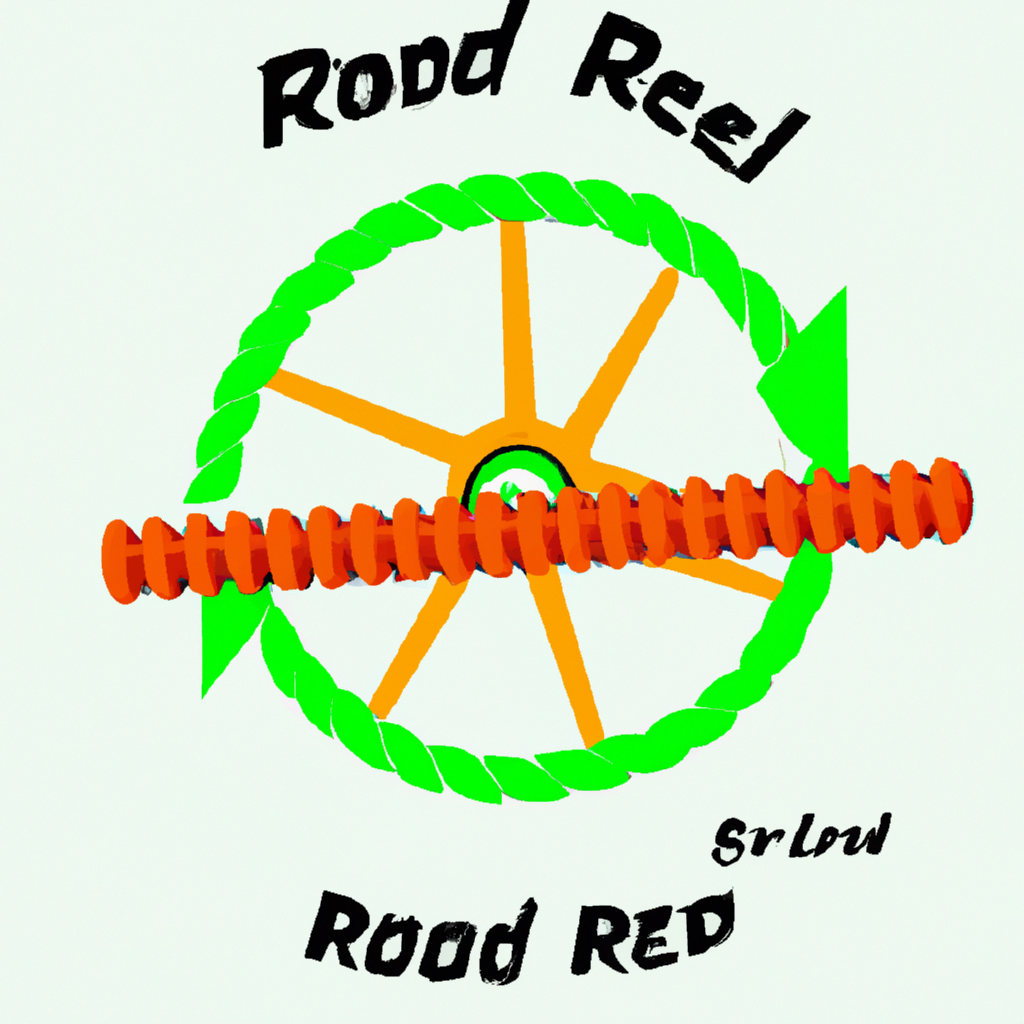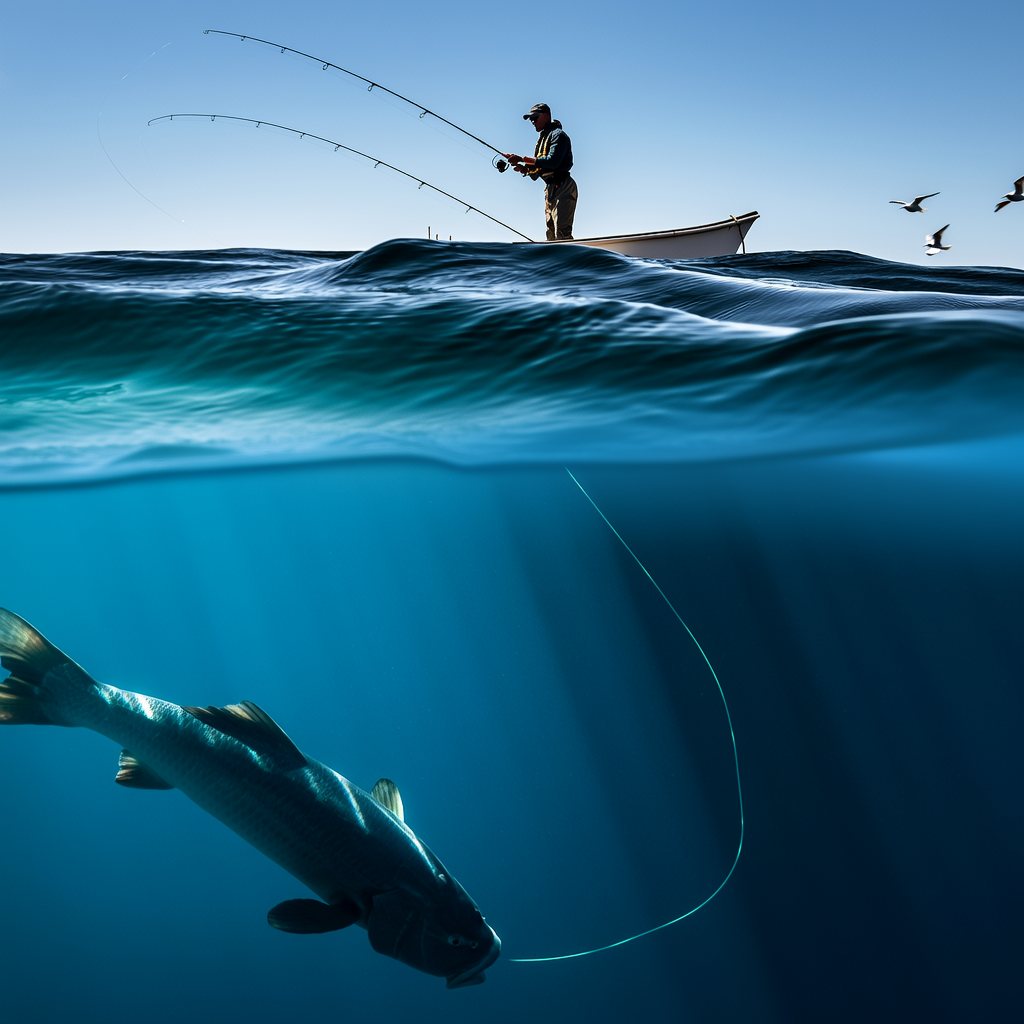Every angler should be able to reel in a fishing rod. It is an essential part of fishing and helps you to bring the catch closer. This guide will show you how to reel in a fishing rod.
Step 1: Select the Right Reel
The first step to reeling in a fishing rod involves selecting the reel that is best suited for your fishing needs. There are many types of reels including spinning reels and baitcasting reels. Each reel is designed to suit a specific fishing technique, so you should choose the one that best suits your style.
Spinning Reel
Spinning reels are used for most general fishing. They are easy-to-handle, allow for longer casting, and are suitable for beginners and experienced fishermen. Consider the spinning reel’s line capacity, gear ratio and overall quality when choosing one.
Baitcasting Reel
Baitcasting reels can be used by anglers who want to target larger species and require precise casting control. These reels provide more power and control but require some practice. Pay attention to the gear ratio, brake system, and handle style when selecting a baitcasting rod.
Fly Reel
Fly reels are designed for fly fishing. The weight of the line is what propels the light fly to the target. They are designed to hold fly fishing lines and provide drag control. Fly reels are available in different sizes. Choose one that matches your fly line weight.
Once you’ve chosen the right reel for your project, move on to the next step.
Step 2: Understanding Reel Components
It’s important to know the different components of a reel before we get into reeling techniques. Familiarize yourself first with the following components:
Handle
The handle is the part you grip and turn to reel in the line.
Drag System
Drag system allows you adjust the resistance when the fish pulls on the line. It prevents the line breaking and gives you greater control over the fight.
Spool
The spool is where the fishing line is stored. The spool rotates when you wind the fishing line onto it.
Bail
The bail is a metal bar that can be opened and closed. When the bail is open, the line can be easily removed from the spool. When it is closed, the bail holds the line in position during retrieval.
Let’s move onto the next step now that you have a better understanding of the reel components.
Step 3: Casting Technique and Retrieval Technique
Reeling a rod for fishing involves two main techniques, casting and retrieval. You will improve your fishing skills if you master both techniques. Let’s examine each of these techniques in depth.
Casting Technique
Casting is the act that propels the bait or lure in the water. Follow these steps to cast effectively:
1. Hold the Rod Correctly
Grab the rod handle using your dominant hand and place your thumb on the handle to gain control.
2. Hold the Line
With your index finger, pinch the line to the rod using your non-dominant arm. This will help to create tension when casting.
3. Open the Bail
Rotate the bail to the open position. This will allow the line to be released during the casting.
4. Swing and Release
Swing the rod quickly backwards and then forwards, releasing the line while you aim at your target. This will propel the lure or bait forward.
5. Close the Bail
Use your non-dominant arm to close the bail and secure the line.
Retrieval Technique
The retrieval technique involves winding the fishing line onto the reel. Follow these steps to ensure efficient retrieval.
1. Engage the Handle
Grab the handle with your dominant hand, and turn it clockwise to engage the reel.
2. Apply Constant Pressure
As you turn the handle, apply a constant pressure to the line. Avoid jerky movements which can cause the line to break or tangle.
3. Adjust Drag if Needed
Adjust the drag on your reel if you feel a lot of resistance or if a fish is pulling very hard. This will stop the line from breaking.
4. Maintain a Consistent Retrieval Pace
Retrieve the line at a constant speed to ensure the bait or lure is moving naturally through the water.
Step 4: Handling Different Fishing Scenarios
You may need to adjust your reeling technique depending on the fishing scenario to maximize your chances of landing fish. Let’s look at some common fishing scenarios:
Fighting a Fish
It’s important to keep control when reeling in a fish. Follow these tips:
1. Drag System
Adjust the drag system to allow the fish to tire. A broken line can be caused by too much resistance, while a fish that escapes may be caused by too little.
2. Keep the rod at an optimal angle
Keep the rod tip at a slight incline to exert pressure on fish and prevent them from diving into the water.
3. Reel Steadily
Continue reeling steadily and take breaks as necessary to let the fish go if it starts to pull hard.
4. Be Patient
Be calm and patient. Rushing can lead to mistakes, which could cost you your catch.
Reeling in Heavy Weeds and Obstacles
Take the following steps if your line becomes entangled with heavy weeds, or other underwater obstacles:
1. Apply Sideways Pressure
Apply sideways pressure instead of direct pressure to release the line from the entanglement. This reduces the risk of breaking.
2. Slowly Work the Line
Gently move the rod and reel to free the line from the obstruction. Patience and finesse will be key in this situation.
3. Seek assistance if needed
If the line is still tangled, ask a fishing partner for help or use specialized tools that will not damage the line.
Step 5: Maintaining your fishing reel
Maintaining your fishing reel will ensure its performance and durability. Follow these maintenance tips.
Keep it Clean
Remove dirt, debris and saltwater residues from your reel regularly. Use a soft bristle and mild detergent to clean your reel. Avoid harsh chemicals which can damage the reel components.
Oil and Lubricants
Apply a small amount reel oil to moving parts on your reel such as the handle or bail. Lubricate your main gears using a light reel oil. This will reduce friction and ensure smooth operation.
Inspect for Damage
Check your reel regularly for signs of wear or damage. Check for loose screws, cracked or bent parts. Take immediate action to avoid further damage.
Store Properly
Store your fishing reels in a cool, dry place to avoid moisture damage. Avoid exposing your reel to extreme temperatures and direct sunlight as they can affect its performance.
Conclusion
When you master the art of reeling a fishing rod, your fishing skills will improve and your chances of success will increase. Remember to select the right reel, master your casting and retrieval technique, and adapt to various fishing scenarios. Regular maintenance will ensure that your fishing reel performs at its best and lasts a long time. You’ll become an expert angler with practice and experience.




